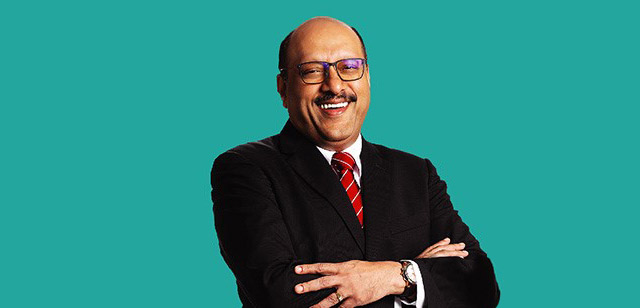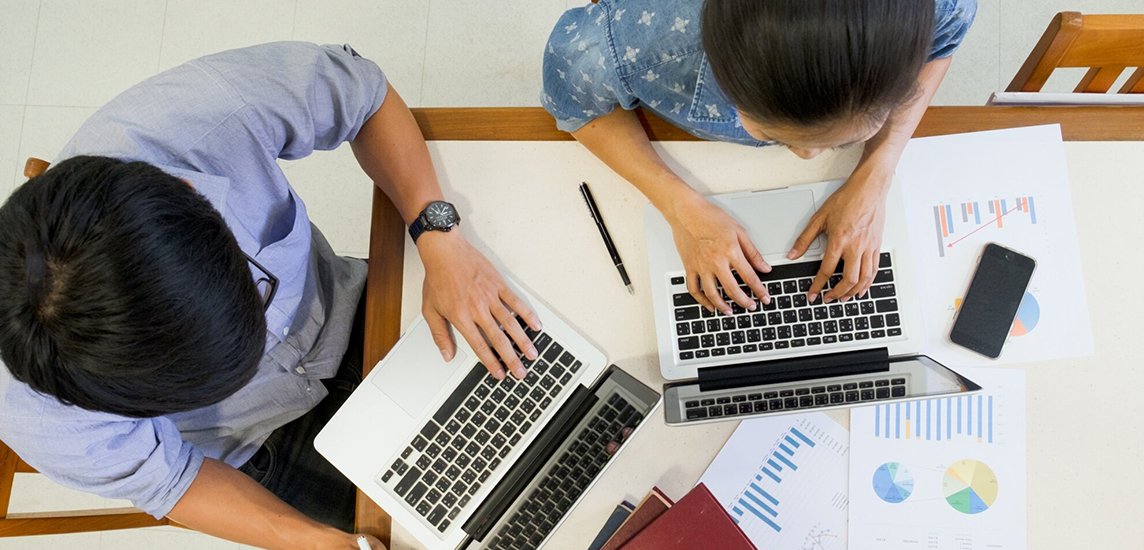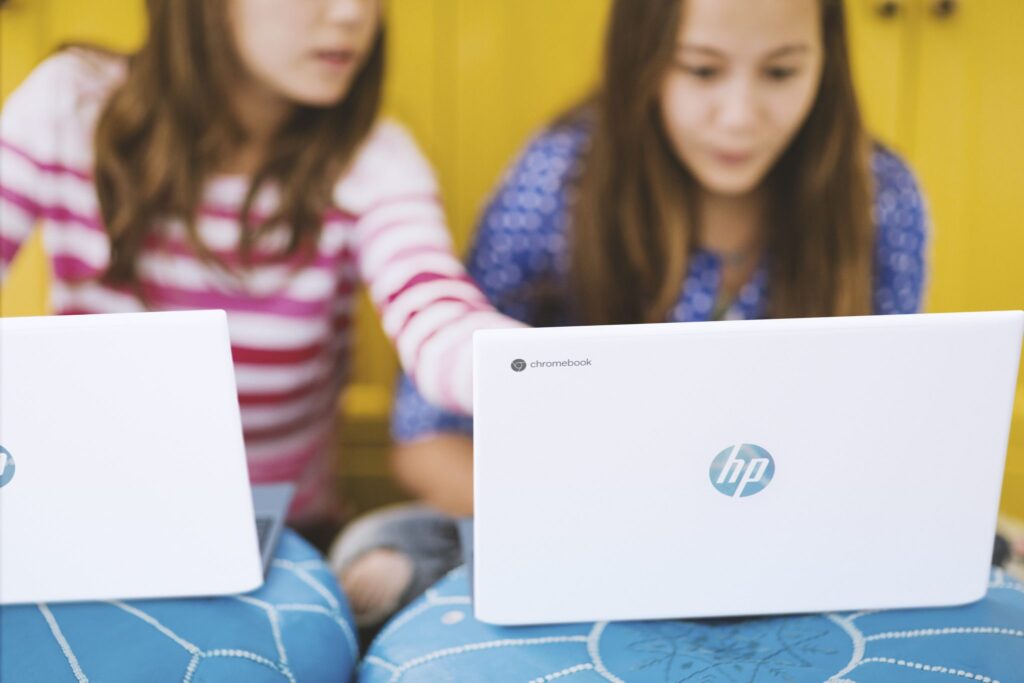Propelling Adoption of Circular Economy Through Leasing Programs
COVID-19 Pandemic has altered the way companies operate, bringing forward sustainable imperatives – cost rationalisation and reduction in carbon footprint. Spotlight is now on companies to play a big part in managing climate change, with Circular Economy high on the agenda.
By design Circular Economy is engineered to be restorative and regenerative retaining as much value as possible from products, parts and materials. One of the key drivers in propelling Circular Economy forward is an effective sustainable ICT Asset Management solution – a solution that ensures responsible consumption and efficient waste management through a lease-for-use platform versus outright procurement of the assets.
The economic benefits of circular economy are immense. The Circular Economy Advantage, Waste to Wealth report by Accenture indicates that Circular Economy can deliver US$4.5 trillion economic benefits by 2030 primarily through the following 5 business models:
* Sharing Platform: Stimulates collaboration among users
* Product-as-a-Service: Lease or pay-for-use arrangement
* Product Life Extension: Repairing, upgrading and reselling.
* Circular Supply Chains: Supply of renewable, recyclable and biodegradable resources.
* Recovery and Recycling: Eliminates material leakage
A sustainable ICT Asset Lifecyle Management that leverages on a lease-for-use platform is an example of Product-as-a-Service and Product Life Extension business models. Innovative lease-for-use platforms provide effective device health checks and preventive systems will ensure efficient use, and when warranted, collection of these devices.
Companies which leverage on lease-for-use programs when compared to outright purchase will benefit from a few advantages:
* Reduced carbon footprints
* Gains in economic benefits
* Increased efficiency
* Improved cash flow & profitability
A lease-for-use program provides the opportunity for companies to refresh their IT devices as they age, maintain performance and reliability while also reducing overall capital expenditure. The aged assets will then be re-purposed to support the Circular Economy Agenda.
Founded in 2007 Rentalworks, with regional footprints in Malaysia, Singapore, Hong Kong and partners in other parts of Asia, aims to help companies achieve their Circular Economy goals. Rentalworks provides a cost-efficient ICT asset management with the mission of extending the lifespan of the assets to its optimal lifecycle. It offers carefully curated operating lease propositions enabling companies to boost their cash flow and at the same time be a significant player in reducing greenhouse emissions for a greener Circular Economy.
In its mission to enable early adoption of the Circular Economy, Rentalworks proudly brings innovation to IT acquisition through its unique ThinkZero Leasing Program with the following benefits:
* Device Insurance for accidental damage and loss of asset
* Premier support with next business day on-site service
* Sealed battery warranty for leased devices
* Temporary laptop during downtime with no extra charges required
* Eco-friendly data erasure service with proper disposal of assets
Additionally, productivity tools such as Microsoft Office 365 Suite, G-Suite Work and Enterprise class anti-malware software are available as add-ons.
Beyond procurement or acquisition of the IT devices, Rentalworks’ leasing program, applies Device-as-a-Service at the core of its business model to ensure that its customers receive an all-inclusive service engagement through the devices that are leased. This business model not only supports Circular Economy, it also bundles in inventory management system by tracking devices’ plan updates with regular health checks to ensure that devices are performing at its best. Not only that, this will also optimize the overall lifecycle value of the devices as it alleviates disposals that are caused by breakdowns.
Once a device is at its end-of-life lifespan and no longer has any reuse value, responsible disposal of the device is pivotal in maintaining a sustainable Circular Economy. Rentalworks ensures its end-of-life management solutions include responsible disposal and secure data sanitization for all IT devices leased under its program. Once the device has exhausted its lifespan and no longer has any reuse value, it will be recycled in accordance to local environmental laws.
Rentalworks ensures that eco-friendly data erasure is completed before recycling by erasing all confidential information from the hard drive to eliminate risks of data leakage. To further ease the process, Rentalworks deploys a team who will manage both the logistics and processing of these IT devices with its certified partners.
Article by:
Lisa C.








